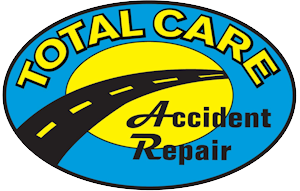“I was at work when everybody’s phone went off at once,” Jennie said. “It was an extreme weather alert. We all went running to the window to see as this massive hailstorm came through. These were the biggest hailstones I’ve ever seen – they literally bounced off the car hoods and roofs after crashing down. Everyone was freaking out and worried about their windshields.”
What Type of Damage Can Hail Cause to Vehicles
As a Taunton auto body repair shop and collision center, we often see vehicles that have been damaged by the weather. Hail can cause a significant amount of damage. This is because hailstones are hard – they’re made primarily of ice, along with trace amounts of gritty particulate matter – and because they move very fast. When a small hailstone hits the ground – or your car – it can be going anywhere between 9 to 25 miles an hour. Bigger hailstones can be going even faster. It’s not unusual for them to reach 30-40 miles per hour.
The damage caused by hailstones primarily takes two forms. Body damage caused by hailstones can occur anywhere, but primarily occurs on the car’s roof and hood. Do not be surprised by hailstone damage on doors and fenders either – hail does not always fall straight down. Its pathway can be impacted by wind or by coming into contact with other objects. This damage can be in the form of small to quite large dents, which can sometimes damage the finish and paint.
The other common form of damage caused by hail storms is damage to car windshields and glass. Additionally if your car has a sunroof, it can also be damaged by hail storms.
It’s important to document the damage the hailstorm has done to your car as soon as it occurs. It’s best if the hailstones are still present. Take many pictures of your vehicle and any damage, as well as pictures of the nearby surroundings to give an idea of the extent of the weather event. This documentation will be helpful with your insurance claims. If you have any questions filing your claims, the best Taunton auto body shop can help!
